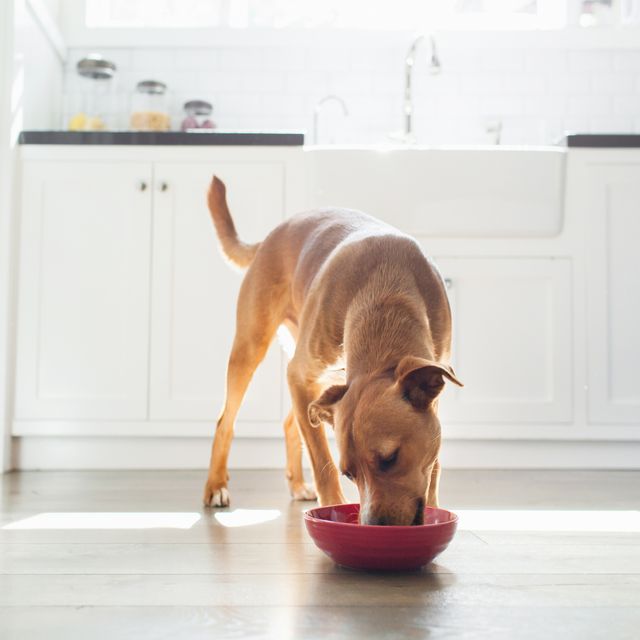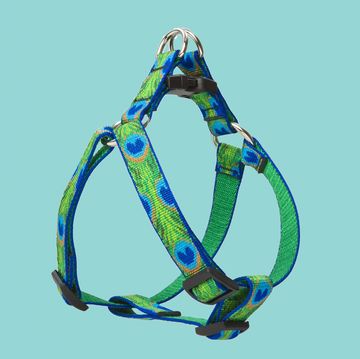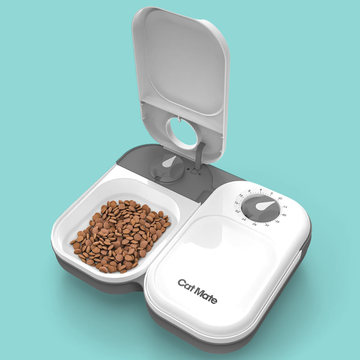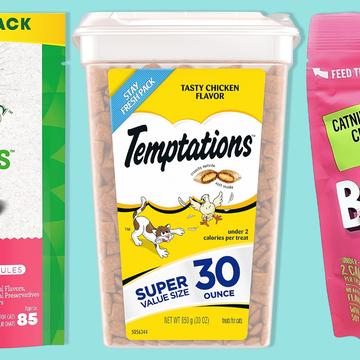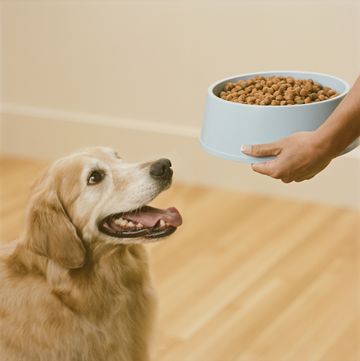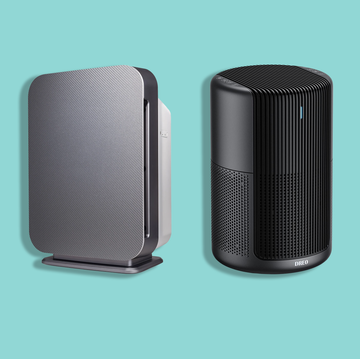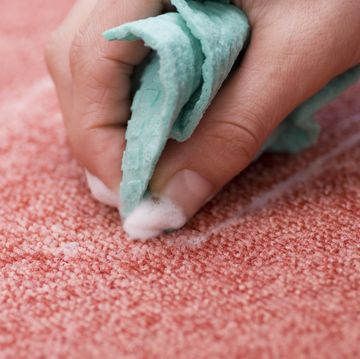Here’s a little food for thought: What you feed your dog is as important to their overall health as the food you feed yourself. While our pups don’t have the same diet as we do, of course, they do have important needs that can lay the foundation for a long, healthy life. “Everything from the origin and quality of the ingredients to the balance of macro and micronutrients affects your dog’s daily health and fitness,” says Jeff Smith, DVM, of Danville Family Vet in Danville, Virginia. “A well-balanced nutritious diet is essential for long-term health and can even be an important part of disease treatment.”
But you don't have to overcomplicate things to make sure your dog is getting the nutrients they need. Here are three simple ways to think about your dog's diet.
1. Find the right balance
While you might think you can grill up a steak or boil some chicken with your dinner and throw it to your pup, a dog’s nutritional needs are far more complex than that.
“We often think of dogs as carnivores, but their digestive systems and dietary needs are very similar to a human’s system in that they are omnivores—they eat meat and fruits and vegetables,” says Dr. Smith. “Because of this, it's very important to provide a balanced diet for your dog.” If you are only feeding your dog chicken or filet mignon, they’ll most likely finish every last morsel, but they won’t get the proper vitamins and minerals they need. Not to mention, too much protein can lead to early kidney failure. “Once a dog is in kidney failure, one of the first things a vet will do is put the patient on a limited protein diet,” he adds.
Instead, dogs need “macronutrients like carbohydrates, proteins, and fats, and micronutrients like vitamins and minerals. All of these nutrients come from the ingredients (chicken, beef, corn, etc.) that make up a well-balanced dog food, according to the veterinarian.
2. Serve up your dog’s nutritional needs
There’s no one set of rules when it comes to a dog’s nutrition and dietary requirements. Just like humans, individual dogs have unique needs—though understanding your dog’s age, size, and breed is a good place to start.
“Young dogs are actively growing their bones and muscles; they need quality protein and the right balance of calcium and phosphorus,” Dr. Smith says. For example, “a Great Dane puppy will need a different balance of nutrients than a miniature poodle simply because of the huge bones that need to be grown in the first year.”
On the other end of the age spectrum, older dogs are less active and need fewer calories than young dogs or working dogs. "Older dogs may also benefit from antioxidant therapy as they start to decline,” he adds. It’s best to look for food that fits your pet’s life stage.
A custom kibble made just for your dog is a great way to give them tailor-made nutrition. Just Right—which is backed by the Good Housekeeping Seal—personalizes food for every pet and delivers it monthly straight to your door. After you answer their quick quiz about your dog’s details (breed, size, age, activity level, ingredient preferences, and more), Just Right will recommend the blend, prepare it especially for your dog, and create a feeding plan. Each kibble mix is crafted with real meat such as lamb, chicken, salmon, or beef; healthy carbs like barley, whole wheat, and oatmeal; nutrient-rich fats; and a balance of vitamins and minerals based on your dog’s individual requirements. Your pup’s bag arrives complete with their photo on it and a keepsake scooper inside. And if your pooch has a change in age or life stage or develops a health concern (like tummy troubles, a weight issue, dry skin and coat, joint health), you can have their kibble tweaked at any time.
When it comes to nutritional balance, kibble has big-time benefits. It includes perfectly balanced ingredients—even down to micronutrients, Dr. Smith says. “The food is cooked and dried into a kibble form, which makes it safer from bacterial contamination and allows for longer-lasting storage on your shelf.”
3. Get their paws off the table
Teaching your dog to not beg for human food isn’t just a helpful training tool. Some ingredients we eat regularly can be harmful to our pups' health. “Table scraps often have a high-fat content and can upset a dog’s stomach and lead to serious, even deadly, conditions like pancreatitis,” says Dr. Smith. “Every vet in America works overtime on the day after Thanksgiving with messy gastrointestinal cases.” In addition, our food contains many additives and seasonings that may not be safe for a dog and can contribute to obesity and heart conditions in pets.
Plus, some foods can be particularly damaging to pups. As a reminder, never feed your dog chocolate—”The theobromine in chocolate can be toxic to dogs,” says the vet—Xylitol, corn directly from the cob, onions, garlic, grapes, raisins, or macadamia nuts.
